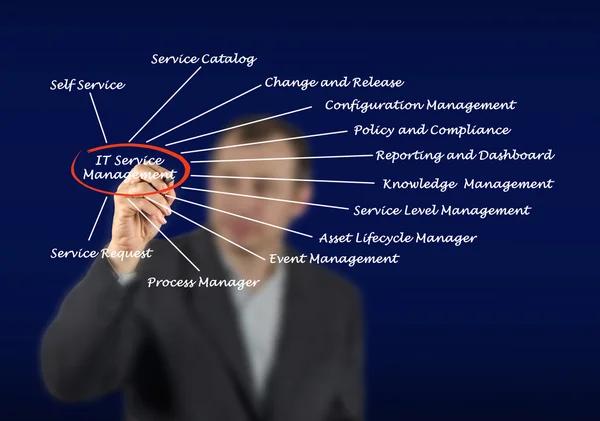
In today’s fast-paced business environment, managing IT assets efficiently has become essential for modern enterprises aiming to maintain competitiveness and control costs. IT asset management (ITAM) involves tracking and overseeing hardware, software, licenses, and related technology resources throughout their lifecycle. Streamlining this process can significantly enhance operational efficiency, reduce risks, and improve decision-making within an organization.
One of the key challenges in ITAM is maintaining accurate records of all assets across various departments and locations. Without a centralized system, enterprises often struggle with outdated or incomplete information that leads to redundant purchases or underutilized resources. Implementing an integrated IT asset management platform enables companies to consolidate data into a single visit the source of truth. This approach improves visibility into asset status, usage patterns, warranties, and compliance requirements while facilitating timely updates.
Automation plays a crucial role in streamlining ITAM by reducing manual tasks prone to errors. Automated discovery tools can scan networks regularly to identify connected devices and software installations automatically. This real-time inventory helps organizations keep track of changes without relying solely on human input. Additionally, automated workflows for procurement approvals, license renewals, and decommissioning processes ensure consistency while freeing up valuable staff time for strategic activities.
Modern enterprises also benefit from adopting cloud-based ITAM solutions that offer scalability and remote accessibility. Cloud platforms allow teams distributed across multiple geographic locations to access up-to-date asset information securely at any time. This flexibility supports collaboration between IT operations, finance departments responsible for budgeting purposes, and compliance officers monitoring regulatory adherence.
Data analytics integrated within advanced ITAM systems provide insights that drive smarter resource allocation decisions. By analyzing utilization rates or maintenance costs associated with specific equipment models or software packages, organizations can optimize spending by retiring obsolete assets or negotiating better vendor contracts effectively.
Security considerations are increasingly important as cyber threats evolve rapidly alongside technological advancements. Effective asset management ensures that security patches are applied promptly across all devices while identifying unauthorized hardware or software installations before they pose vulnerabilities.
Training employees on the importance of proper asset handling complements technological improvements by fostering accountability throughout the organization’s culture. Clear policies outlining responsibilities related to procurement requests through disposal procedures help mitigate risks associated with loss or theft of valuable technology components.
In summary, streamlining IT asset management requires a combination of robust technology solutions such as centralized databases and automation tools along with organizational commitment toward standardized processes and ongoing education efforts. When executed well, these strategies enable modern enterprises not only to reduce operational inefficiencies but also strengthen overall governance over their critical technology investments in an increasingly complex digital landscape.


